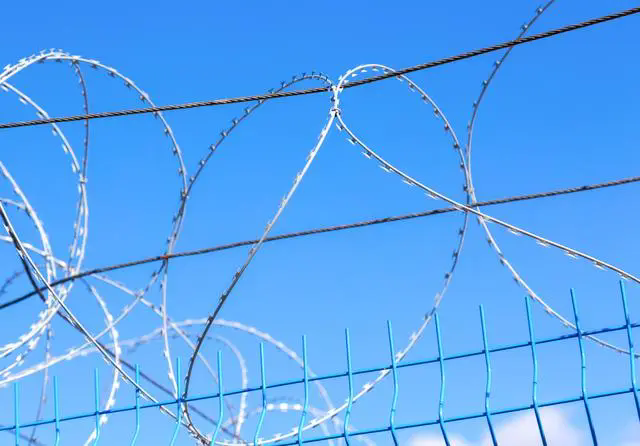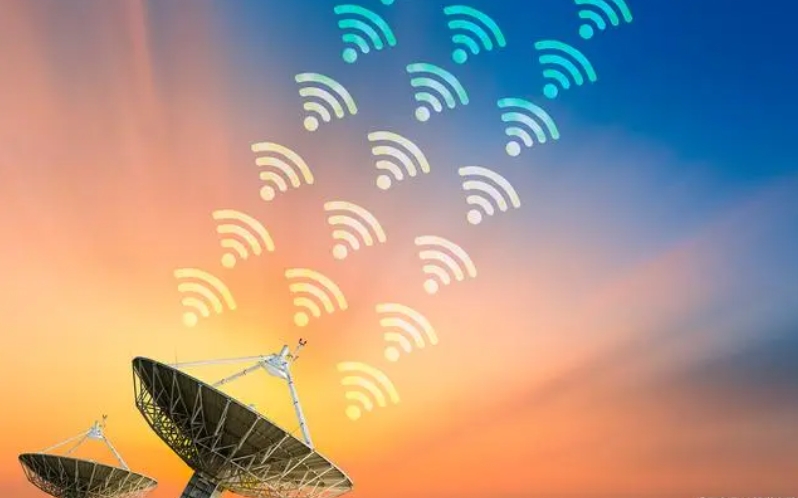Border UAV countermeasure system design ideas
The Border Man-machine Countermeasures System follows a multi-layered, multi-technology integrated security and defense strategy designed to detect, track, identify and neutralize threats from illegal or hostile UAVs. A typical border drone countermeasures system scenario might include the following key components:

1. Detection and warning
Radar systems: Use ground radar or airborne radar systems to detect the flight of UAVs.
- RF scanning: Detect the wireless communication signals of the drone, including remote control and data return signals.
- Photoelectric/infrared camera: Tracking the location and activity of the drone with high-resolution cameras.
- Sound detectors: Analyze the noise generated by drones to aid in identification and positioning.
2. Command and control
- Command and Control center: used to receive data from the detection system, formulate response strategies, and direct countermeasures.
Ai-assisted decision making: Using AI for pattern recognition and predicting the intent of drones.
3. Disrupt and neutralize
- RF interference: Interferes with the drone's remote control signal, forcing it to lose control or force it to turn back.
- GPS jammer: disrupts the GPS signal, making it impossible for the drone to locate accurately.
- Physical interception: Direct capture of drones using unconventional methods such as net guns and training eagles.
- Laser systems: Use laser beams to directly damage or interfere with the operation of the drone.

4. Electronic Warfare
- Electronic countermeasures: Use professional electronic warfare equipment to jam and deceive enemy UAVs.
5. Prevention and training
- Border protection: Establish no-fly zones in border areas and restrict the flight of drones by legal means.
- Personnel training: Training border agents in the skills to identify and respond to drone threats.
6. Emergency response
- Rapid Response teams: Establish dedicated teams that can be quickly deployed to respond to defense-breaking drones.
- Incident Investigation and reporting: Collect intercepted or crashed drones for analysis and as a basis for future prevention.
7. Law and cooperation
- International cooperation: Sharing intelligence and technology with neighboring countries to combat cross-border drone threats.
- Laws and regulations: Establish and improve relevant laws and regulations to support the legality of anti-drone operations.
8. Technical update and maintenance
- Continuous upgrading: As UAV technology develops, the countermeasures system is constantly updated and improved.
- System maintenance: Regular inspection and maintenance of all equipment to ensure that the system is in top condition.
Border drone countermeasures need to combine advanced technology, personnel training, legal support and international cooperation to ensure a timely and effective response to potential drone threats.

